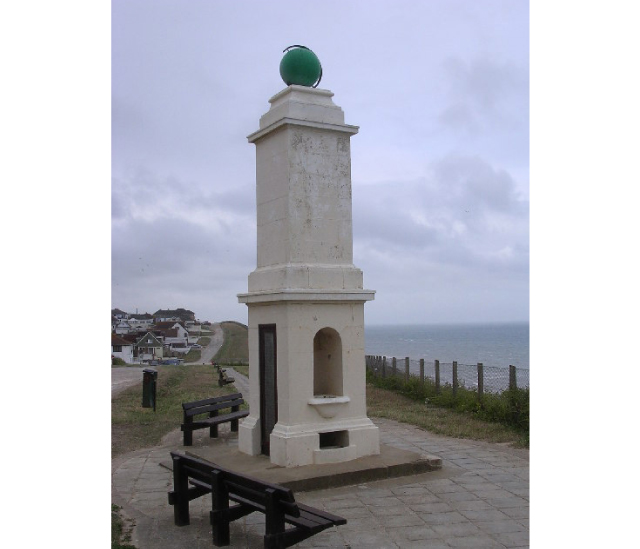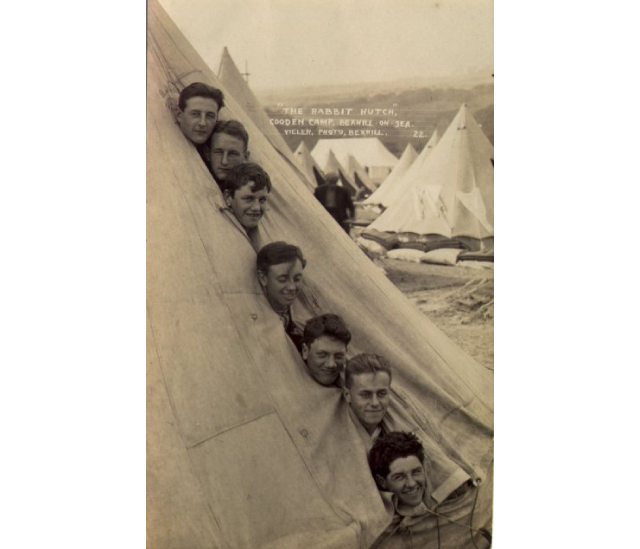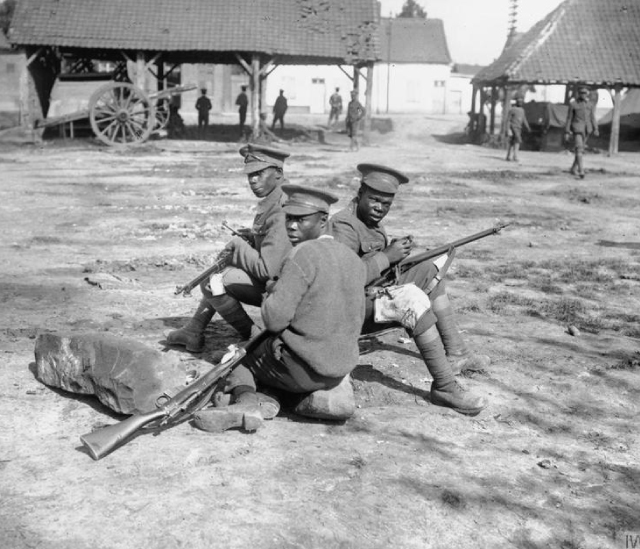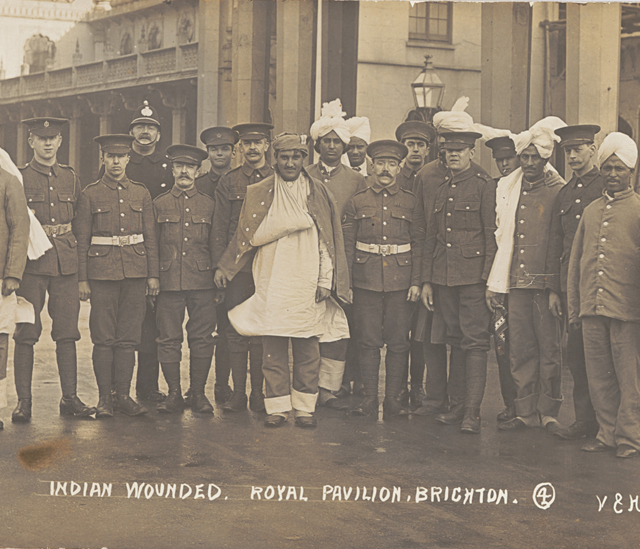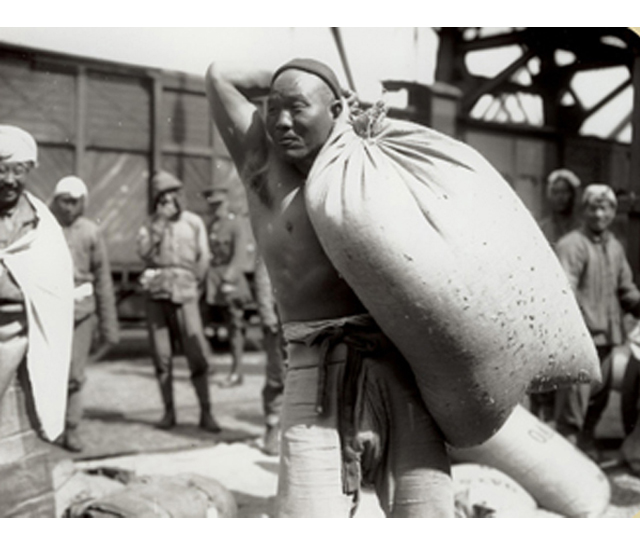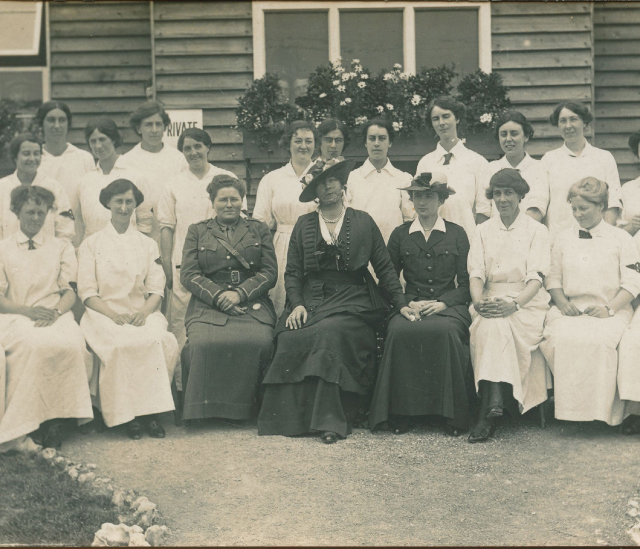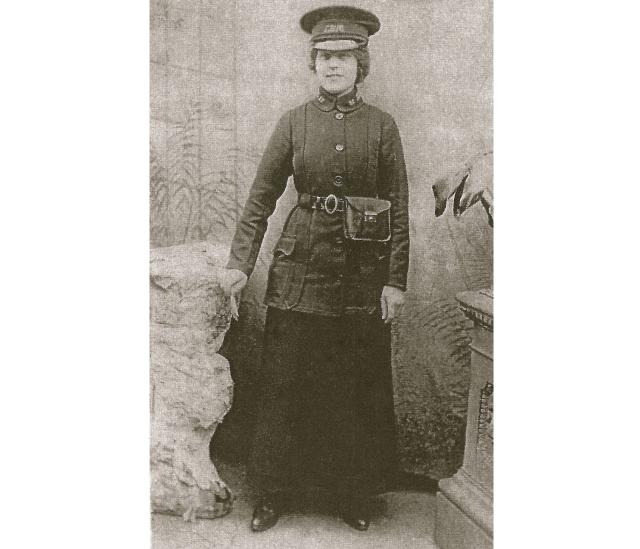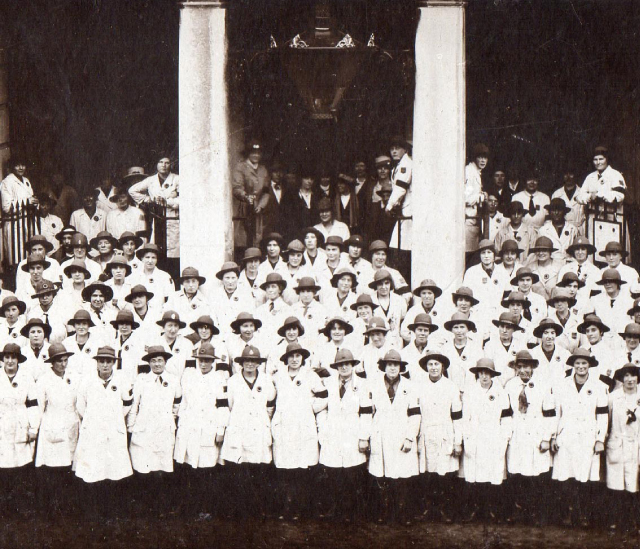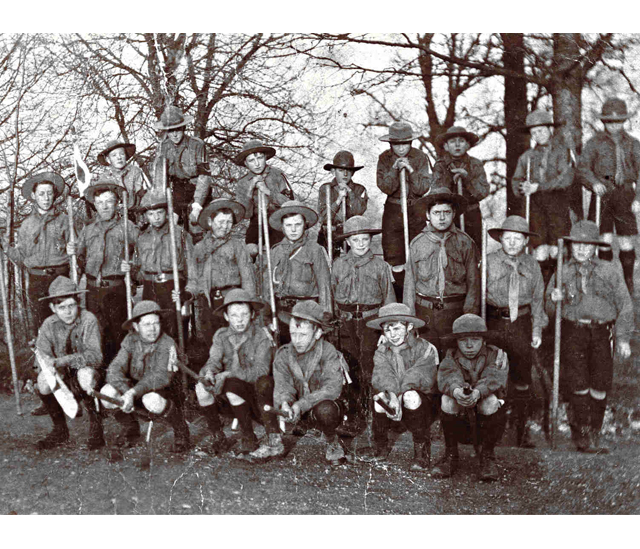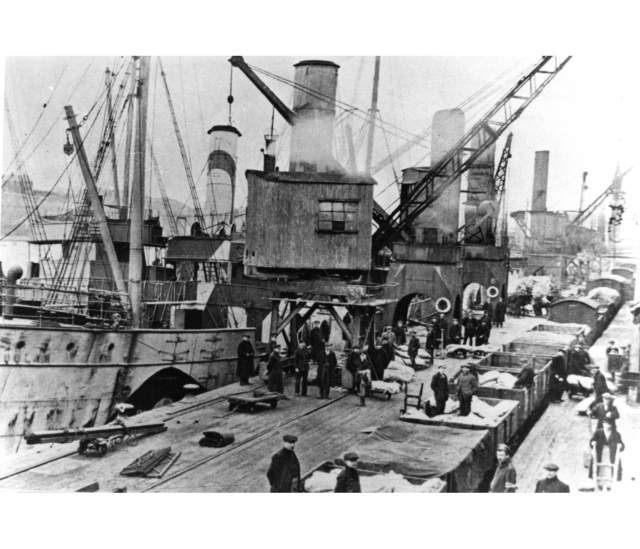
Newhaven Port
Read this article to learn about the Newhaven Port during the First World War. Before the outbreak of the First World War, Newhaven was a key point in travel between Britain and Europe. Newhaven was the departure port for the railway and steamship link from London to Dieppe. Passengers could ride the train down from […]

